
The kimono is a traditional garment in Japan. Kimonos are worn at weddings, coming-of-age ceremonies, and other milestones in life, and are an important part of Japanese culture even today.
Foreigners are also interested in kimonos, and many foreign-language kimono rental stores are lined up at sightseeing spots in Japan, where many people enjoy the experience of wearing kimonos.
We asked foreigners who have worn a kimono in Japan what surprised them about the experience. Many of them gave their opinions that even Japanese people couldn't help but sympathize with! Let's take a look.
main image: PIXTA
I can't believe you put a towel in there! I was amazed at the process of putting it on
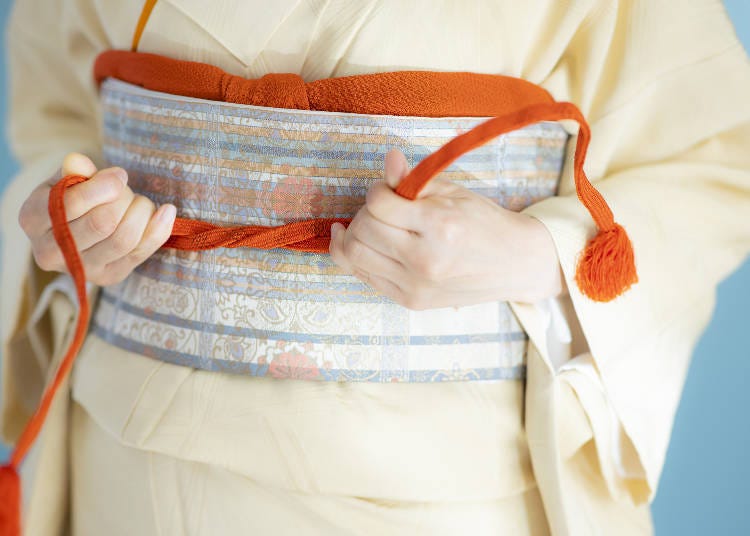
The process of wearing a kimono garnered the most common comments, with individuals expressing their surprise and astonishment.
"I never imagined the number of elements required to wear a kimono, such as numerous strings and towels." (American / 30s / Female)
"It caught me off guard to have kimono strings tied around my chest." (Chinese / 20s / Female)
"Kimonos demand various accessories for wearing them. When I purchased only the kimono online, I later realized I urgently needed an obi (sash) and a juban (special undergarment), so I hurriedly ordered them." (Australian / 20s / Female)
"While wearing a yukata (summer kimono) at a hot spring, I was informed that it was 'left-front.' It was my first encounter with the fact that this was the way deceased individuals wore kimonos. I was surprised to learn that the rules completely differed based on the layering order." (Chilean / 30s / Male)
The process of putting on a kimono is time-consuming and necessitates various items, which even astonish Japanese people.
Particularly, women employ towels and cotton pads to shape the garment, considering how it will appear when worn.
If you possess a voluptuous figure, the experience may have been even more astonishing as your bosom might be compressed or wrapped in a towel.
It's hard to put it on - but it's even harder afterward!
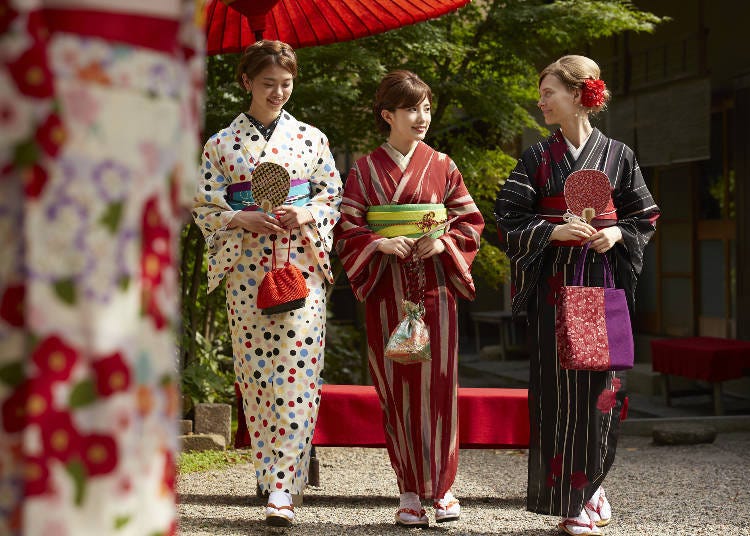
Some individuals found that wearing a kimono was more intricate than they had initially anticipated, not only during the dressing process but also afterwards.
"It was as uncomfortable as wearing a corset! It was challenging to even sit down after being dressed (laughs). I was concerned that I wouldn't be able to enjoy my dinner." (Canadian / 30s / Female)
"The tabi socks caused pain in my feet, and I ended up with blisters from the friction." (Vietnamese / 20s / Male)
"I was like, 'Wait - what am I supposed to do in the bathroom while wearing a kimono?' I panicked. I didn't ask the person assisting me, so I quickly searched for answers on my phone." (Mexican / 40s / Male)
Kimonos are tightly and securely fastened around the waist with an obi belt to prevent any unraveling, so it's natural for first-time wearers to feel restricted.
Geta (wooden clogs) have a durable yet soft fabric strap that fits between the big toe and the second toe. Even though special tabi socks are worn, some individuals may experience irritation from prolonged walking due to constant rubbing.
The thought of how to manage using the restroom while wearing a kimono likely doesn't occur to many until the situation arises! It might be wise to inquire about this beforehand from the rental staff.
Whoa! Is it true that some Japanese can't wear it?
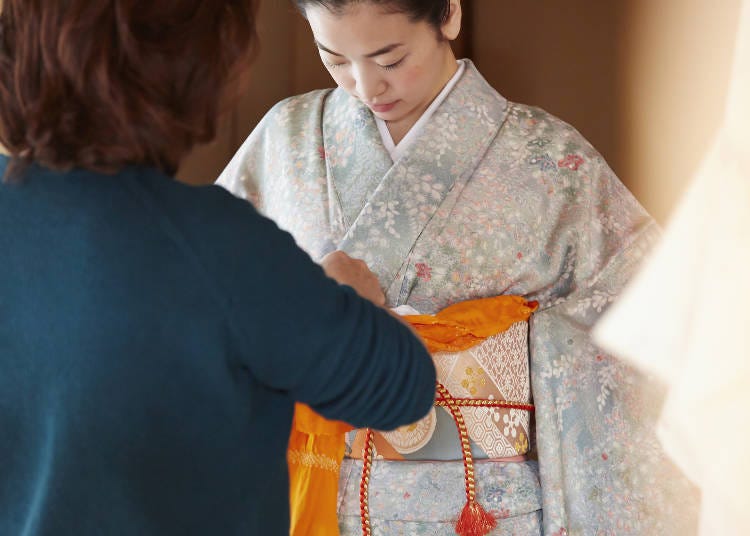
Here are some comments made by our participants regarding dressing up in kimono:
"When I asked one of my Japanese colleagues to help me put on a kimono shortly after I arrived in Japan, none of them were able to do it. I had assumed that all Japanese people could dress themselves in a kimono!" (German / 30s / Female)
"I saw a TV commercial for a kimono dressing class, and I was surprised that there was such a high demand for it. I didn't realize that many people struggled with dressing themselves in a kimono." (American / 40s / Male)
While many Japanese individuals are aware that not everyone can dress themselves or others in a kimono, this fact often surprises foreigners.
People from other countries may find it even more astonishing to discover that many Japanese individuals have not worn a kimono since their coming-of-age ceremony at the age of 20, or that they have only worn one at a wedding.
Each kimono pattern has meaning?!
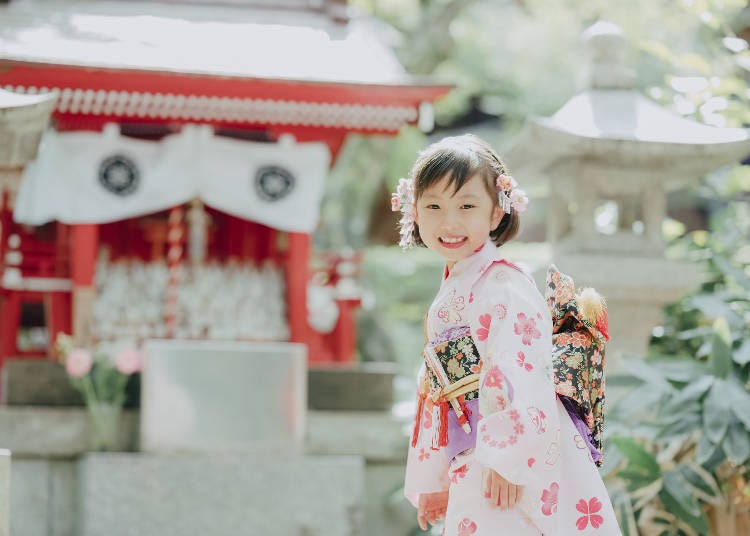
Along with their perceptions of the kimono itself, some individuals were taken aback upon discovering the symbolic meaning behind it.
"The kimono stylist informed me that the patterns on the kimono and obi represent seasonal flowers and scenery. I was not only impressed by the stunning designs but also by the profound meaning they hold." (French / 30s / Female)
"There are various types of kimonos such as yukata (summer kimono), furisode (long-sleeved kimono worn by unmarried women), uchikake (highly formal kimono worn by brides or for stage performances), and more. Each type is associated with different individuals and occasions, which is a truly captivating aspect of Japanese culture." (Taiwanese / 30s / Male)
As our Taiwanese participant mentioned, even the term "kimono" can encompass different outfits depending on one's status and the specific event.
There are numerous customs and rules that many Japanese people themselves may not be aware of, such as unmarried women wearing furisode or married women donning kurotomesode as their first formal wear. This profound realm of kimono appears to be equally appealing to foreigners.
Sweating profusely in a kimono... a collection of unique opinions!
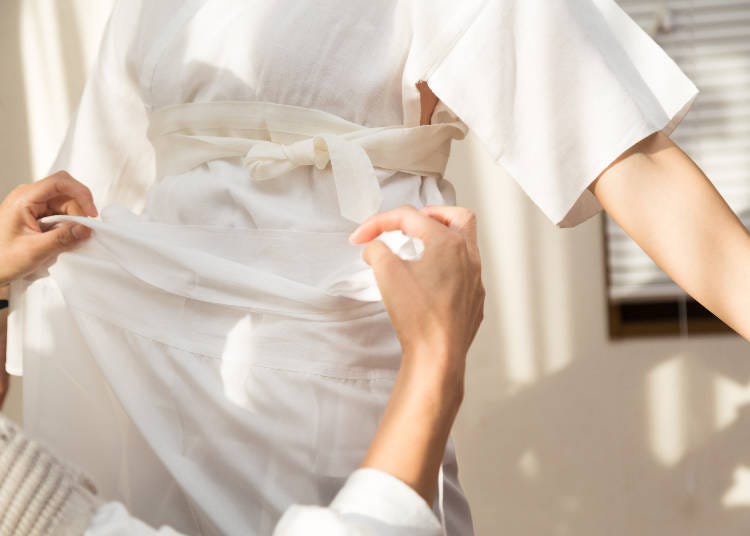
And finally, let's take a look at the perspectives shared by a minority of participants!
"They even have specialized underwear for wearing kimonos beautifully! I was surprised by the attention given to what they wear underneath the kimono." (Indonesian / 40s / Female)
"The fabric is thin, but perhaps because I'm not accustomed to wearing it, I actually sweated a lot. In a way, it turned out to be a good workout (laughs)." (British / 30s / Male)
There were also comments like this:
"When I wore the kimono, I felt like a Japanese princess and it brought me so much joy. Walking around Japan in a kimono felt like stepping into an anime world. The next time I visit Japan, I would love to try the kimono experience with my friends!" (Australian / 30s / Female)
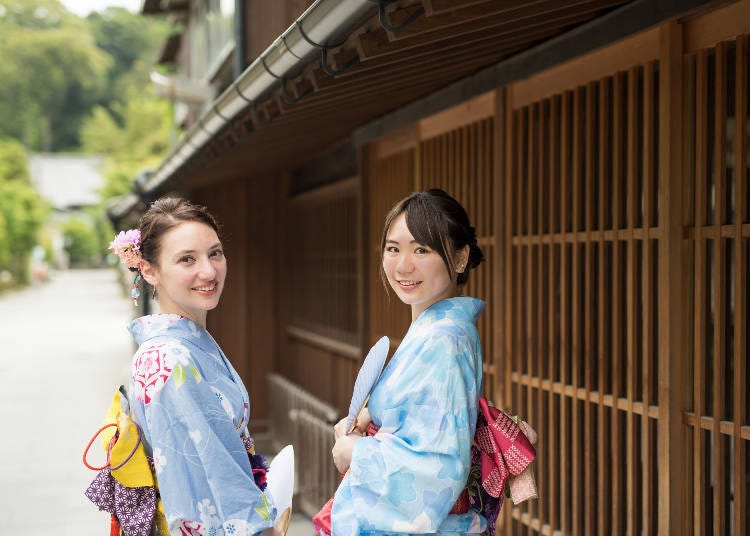
Despite the challenges involved in wearing a kimono, the joy it brings outweighs the difficulties.
Kimonos are typically available in various sizes that can accommodate a wide range of body sizes and shapes, making them a sort of global standard attire. However, it is advisable to check in advance as some rental stores may have a limited size range.
We can't help but hope that many people will have the opportunity to enjoy wearing kimonos during their visit to Japan!
Written by:

- Category
*Prices and options mentioned are subject to change.
*Unless stated otherwise, all prices include tax.
Limited time offer: 10% discount coupons available now!
Recommended places for you
-
Appealing

Rukku and Uohei
Izakaya
Sapporo / Chitose
-

Kamesushi Sohonten
Sushi
Umeda, Osaka Station, Kitashinchi
-
Goods

Yoshida Gennojo-Roho Kyoto Buddhist Altars
Gift Shops
Nijo Castle, Kyoto Imperial Palace
-

Jukuseiniku-to Namamottsuarera Nikubaru Italian Nikutaria Sannomiya
Izakaya
Kobe, Sannomiya, Kitano
-
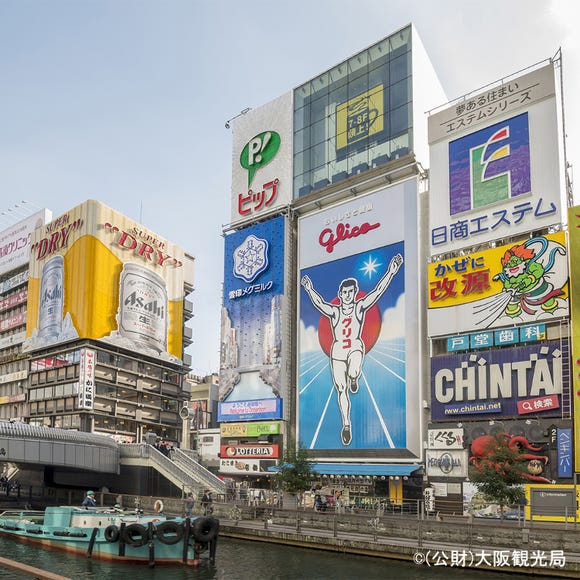
Dotonbori
Other Sightseeing
Namba, Dotonbori, Shinsaibashi
-
Menu
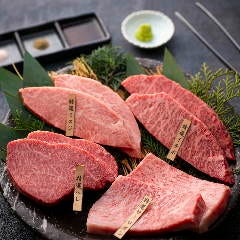
ISHIDAYA Hanare
Yakiniku
Kobe, Sannomiya, Kitano
-

15 Must-Try Restaurants in Ikebukuro: From Aged Yakiniku to All-You-Can-Eat Sushi, Plus Adorable Animal Cafés
-

15 Must-Try Sushi Restaurants in Tokyo (+5 Trending Areas to Explore for Foodies)
-

Where to Eat in Shibuya: 14 Must-Try Restaurants for Yakiniku, Sushi, Izakayas, Cafes and More
-

Professional Photos Even Beginners Can Shoot! 10 Tips for Taking Stunning Cherry Blossom Photos
-

Discover Osaka Station City: A Journey Through Its Most Fascinating Spots
-

Step Into the Story: Inside Immersive Fort Tokyo
-
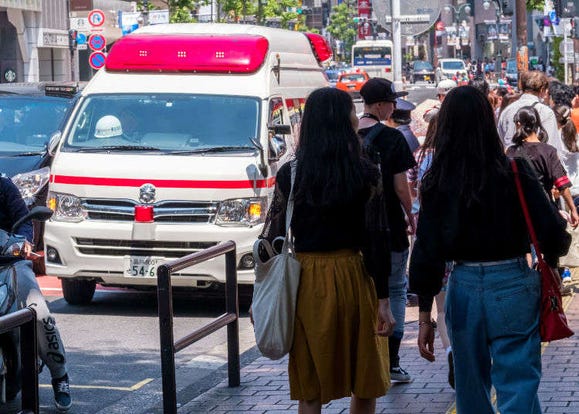
Healthcare in Japan for Tourists: What to Do When You Get Sick or Injured in Japan
-
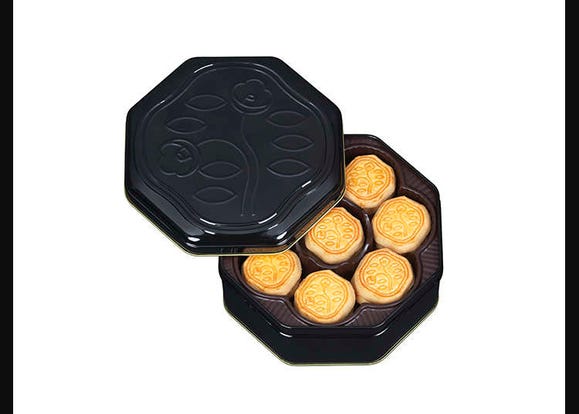
Five items you can only buy in Ginza
-
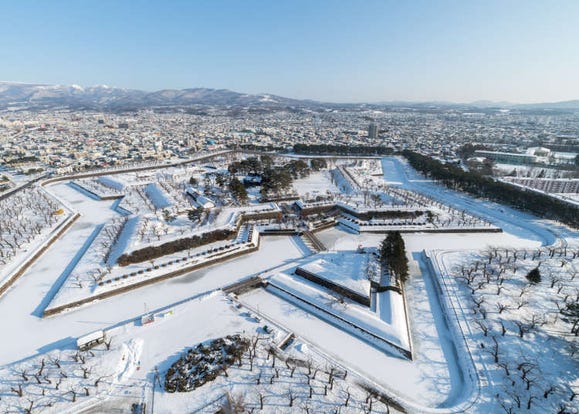
These 16 Things to Do in Hakodate Japan Will Make You Fall in Love With the Northern Wonderland
-

'In the elevator...' Reasons why a British person was shocked when they visited Japan
-
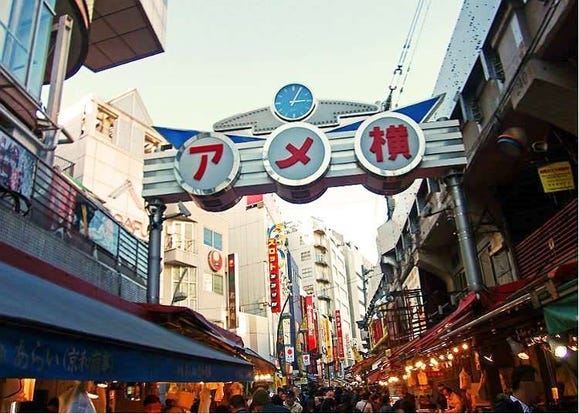
Ueno Station Area Guide: Fun Ways to Explore Tokyo's Popular Destination (Area Map & Sightseeing Tips)
-

Are Japanese Homes Safe? 8 Things About Japanese Homes that Shocked Expats!
- #best sushi japan
- #what to do in odaiba
- #what to bring to japan
- #new years in tokyo
- #best ramen japan
- #what to buy in ameyoko
- #japanese nail trends
- #things to do japan
- #onsen tattoo friendly tokyo
- #daiso
- #best coffee japan
- #best japanese soft drinks
- #best yakiniku japan
- #japanese fashion culture
- #japanese convenience store snacks



















